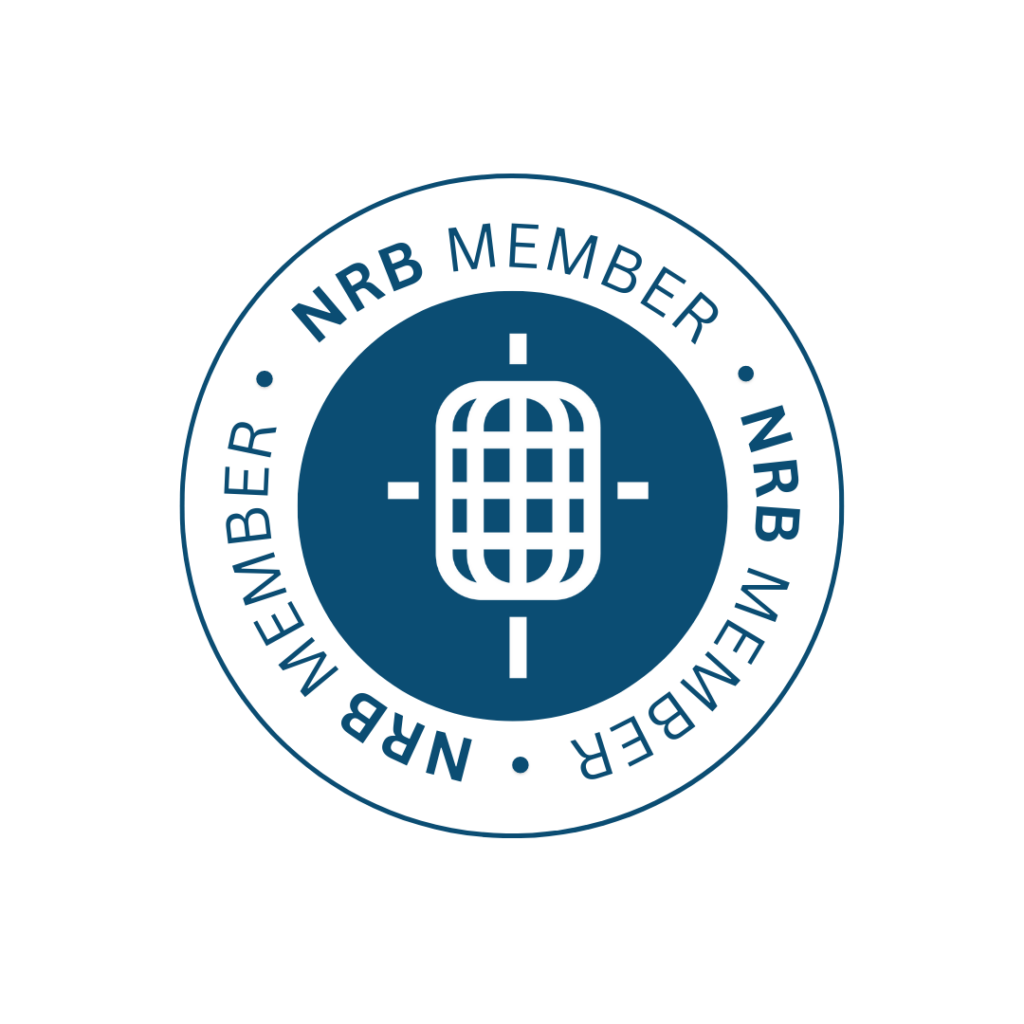It’s Not a Relationship Without a Second Gift
If your acquisition campaign went according to plan, you should have a lot of new and potentially profitable donors added to your file. Congratulations, now what do you do?
If you’ve invested the time and money on acquiring a new donor, it’s vitally important that you don’t neglect them because the future of that relationship depends on what you do next.
Like any relationship, it takes energy, time, and a little creativity to move the donor relationship forward. But it’s not just about telling your story. The more time you spend listening, the better you will understand your donor, and the more closely aligned you will become. They are quick to support you, and are generous with their giving. Suddenly, you are advocates for the same cause.
We all want this kind of relationship with our donors and it’s absolutely possible, but it requires you to have a plan and to stick to it. We develop these strategies every day, but once you’ve received that first gift, how do you get a second?
Here are three ways you can leverage your acquisition efforts, get a second gift, and start building a long-term relationship with your donor:
Say Thank You
Your newly acquired donor wants to feel good about supporting your cause, so a thoughtfully worded (and prompt) message of thanks will get your relationship off to a flying start. This email, letter, or even hand-written note should set the trend for all your future communications as you begin to treat the donor as partner, rather than a customer.
Conversion is the Key
A new donation should encourage you to consider the value of a well-crafted, and well-strategized welcome series. Whether it’s through direct mail or online, a series of communications will give you the chance to get to know your donor, share your wonderful stories, and above all, give them the opportunity to give again.
Let’s be honest, we all get excited when a new donor comes along, but don’t try and share everything in your first letter. Take your time and space your messaging out over a few weeks, culminating in an offer that’s too good for them to refuse.
Make it Personal
Don’t send your new donor the same letter you mail the rest of your file. Get your database working for you by segmenting new donors correctly, and consider adding variable content to your direct response communications.
Getting that elusive second gift indicates the beginning of a donor relationship that, if nurtured, can last a lifetime.
Related articles
-

More Than Just Work
As a young Christian professional navigating the conundrum of aligning my beliefs into a purposeful career, I’ve been blessed to…
-

What to Think of Artificial Intelligence and Its Impact on Fundraising . . .
In trying to summon an image to represent our theme for this issue of Donor Focus, I found myself drawn…
-

Fundraising Meets Artificial Intelligence
In this article, we’ll explore the captivating realm of AI-powered fundraising efforts—the boundless benefits and intriguing challenges that arise when…






